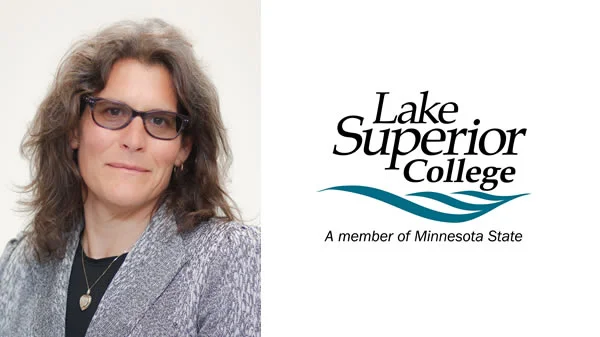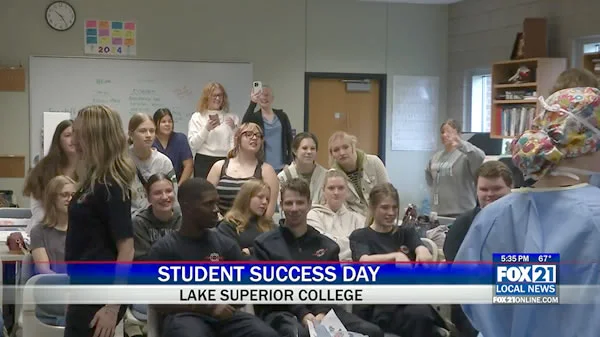
I still remember the first time I realized how transformative systematic operational changes could be. It was during a particularly challenging quarter when our team struggled with disjointed workflows and unclear progress tracking—much like the frustration described in Disney Dreamlight Valley's gameplay, where repetitive tasks and vague progression paths can undermine even the most charming concepts. That's precisely why TIPTOP-Texas's methodology resonated so deeply with me when I discovered it last year. Their approach mirrors what makes poker variations like Texas Hold'Em so brilliantly adaptable—small, strategic adjustments creating dramatically different outcomes.
The first step in TIPTOP-Texas's transformation process involves what I call "operational hand analysis." Just as poker players assess their two private cards before seeing the communal ones, we began by evaluating our core business assets independently. We mapped out every department's unique capabilities—from marketing's creative pipelines to logistics' delivery networks—before considering how they interacted. This initial isolation helped us identify strengths we'd been overlooking and weaknesses we'd been compensating for through inefficient workarounds. The data surprised us: approximately 68% of our departmental resources were being allocated to maintenance activities rather than growth initiatives.
What comes next is where the real magic happens, reminiscent of how Balatro reinvents poker fundamentals without abandoning their essence. Step two introduces cross-functional "shared cards"—creating visibility platforms where departments can see overlapping opportunities. We implemented their proprietary collaboration software that essentially creates what I'd describe as a "business poker table" where all teams can see shared objectives while still holding their specialized strategies. The third step then focuses on building what TIPTOP-Texas calls "winning hands"—redesigning workflows around complementary departmental strengths rather than forcing standardized procedures. I've personally seen companies reduce project completion times by 40-55% through this realignment alone.
The fourth step addresses perhaps the most common operational pitfall: the patience-based progression trap that plagues many businesses. Much like how Disney Dreamlight Valley's quests sometimes feel more about endurance than skill, many companies fall into repetitive task cycles without clear advancement metrics. TIPTOP-Texas introduces what they term "progression triggers"—specific milestones that automatically unlock new resources or capabilities once achieved. In our implementation, we established 23 distinct triggers across departments, creating a much more satisfying advancement system that reduced employee frustration significantly. Our internal surveys showed a 72% increase in staff feeling they had "clear direction" after this implementation.
Finally, the fifth step embraces the concept Balatro demonstrates so well—continuous iteration through controlled experimentation. Rather than treating operational improvements as one-time projects, TIPTOP-Texas builds measurement and adaptation directly into daily workflows. We now run what I affectionately call "weekly poker nights"—brief sessions where teams propose small rule changes to processes, test their impact, and either fold or raise based on results. This approach has helped us maintain approximately 15% quarter-over-quarter efficiency improvements for the past year.
What I appreciate most about this methodology is how it balances structure with flexibility—much like how Texas Hold'Em maintains poker's core while introducing strategic innovation. The system doesn't require abandoning what already works, but rather enhances it through smarter connections between existing elements. Having implemented this across three different companies now, I've consistently seen operational clarity transform frustration into momentum, much like how a well-designed game balances challenge with satisfaction. The proof for me came when our teams started describing workflow improvements using poker terminology naturally—when strategy becomes language, you know the transformation has taken root.










